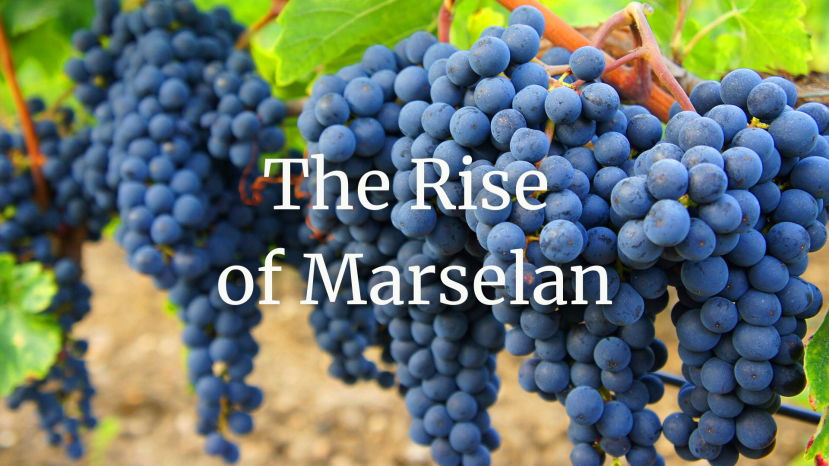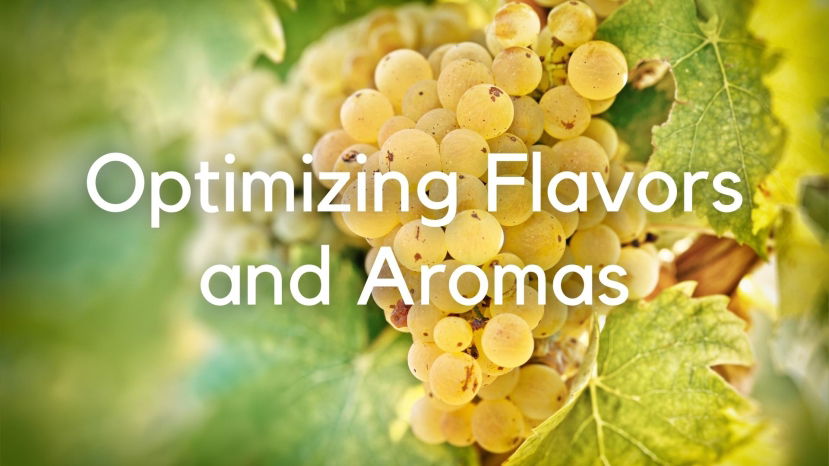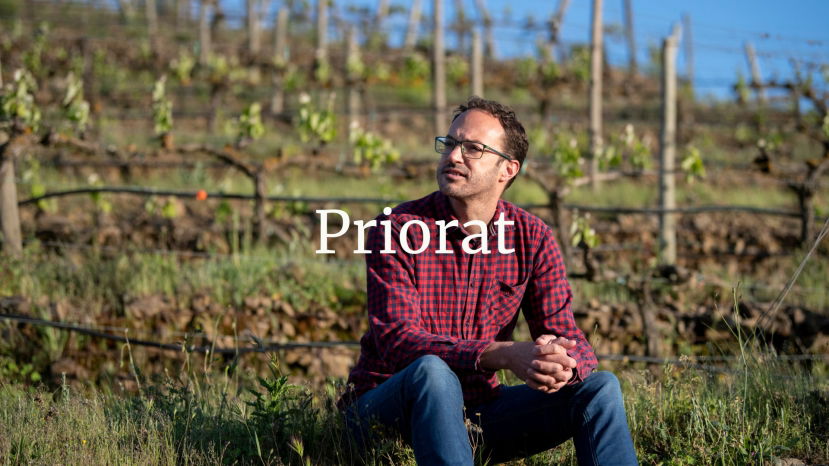BLOG
grapes
Summary: Marselan started its commercial journey a mere thirty years ago, as an unknown cross useful in the fight against mildew. It has since won medals and trophies for Chinese wines and has been acclaimed as the new Chinese variety. However, the variety is fast spreading around the world with producers needing to learn how the variety expresses itself in new terroirs and with
Summary: Do you prefer Rieslings that are floral or fruity? Or do you appreciate an Old World style of Riesling with a petrol character?Regardless of your preference, the characteristics of the wines you enjoy come from the vineyard. Climate, site, and vineyard management practices directly impact the production of specific flavors and aromas in wine grapes. In this session you will learn how the unique Riesling qualities you value are produced in the vineyard and
Summary: Rick's Pick: University of Tarragona instructor and winemaker, Antoni Sanchez-Ortiz focuses on climate change and how viticulture must adapt in Spain’s DOQ Priorat region. The mesoclimate determines climatic differences due to the topography of the Priorat and that give rise to local modifications or changes that can affect to more or less ample extensions. Factors that



